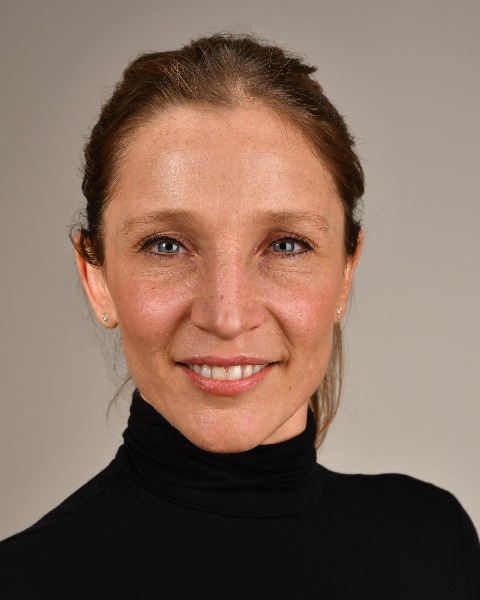Category: Operative Obstetrics
Poster Session I
(128) Cesarean scar defect risk following endometrial layer closure versus non-closure: A randomized controlled trial
The surgical technique for uterine closure during Cesarean delivery influences the healing of the Cesarean scar, however, there is no consensus on the optimal technique for closure of the endometrial layer. We aimed to compare the effect of closure versus non-closure of the endometrium during Cesarean delivery on the risk of uterine scar defect.
Study Design:
A randomized prospective study including women undergoing first elective Cesarean delivery. Exclusion criteria included previous uterine scar, preterm delivery and dysmorphic uterus. Women were randomized to one of two groups: uterine incision repair including or non-includig suturing of the endometrial layer. All operations were performed by a single highly skilled obstetrician. All other stages of operation were similar in both of the groups. Six months following surgery women were invited to the ambulatory gynecological clinic for follow up visit. 2-D transvaginal ultrasound examination was performed to evaluate the uterus and the Cesarean scar characteristics. In addition, women were evaluated for possible uterine scar defect related symptoms. Primary outcome was defined as the residual myometrial thickness (RMT) at the Cesarean scar.
Results:
130 women were recruited for the study, of them follow up was achieved in 113(86.9%). 61(54%) vs. 52(46%) of the women were included in the endometrial closure vs. non-closure groups, respectively. Groups were comparable for patient's demographic, clinical characteristics and follow up time for post operative evaluation. Median RMT was 5.3(3.0-7.7) mm vs. 4.6(3.0-6.5) mm for the endometrial closure and non-closure groups, respectively (p=0.38). Substantially low RMT ( < 2.5mm) was measured in 4(6.6%) and 3(5.8%) of the women, respectively. All other uterine scar sonographic measurements, as well as, dysmenorrhea, pelvic pain and spotting rates were comparable between the groups.
Conclusion:
Closure versus non closure of the endometrial layer of the uterine incision following Cesarean delivery is associated with similar Cesarean scar characteristics and symptoms rates.

Aya Mohr-Sasson, MD (she/her/hers)
The University of Texas Health Science Center at Houston
Houston, Texas, United States- EC
Elias Castel, MD
Sheba Medical Center
Ramat Gan, Israel, Israel - TD
Tal Dadon, MD
Sheba Medical Center
Ramat Gan, Israel, Israel - AB
Ariel Brandt, MD
Sheba Medical Center
Ramat Gan, Israel, Israel - RE
Roie Etinger, MD
Sheba Medical Center
Ramat Gan, Israel, Israel - AC
Adiel Cohen, MD
Sheba Medical Center
Ramat Gan, Israel, Israel - MZ
Michal Zajicek, MD
Sheba Medical Center
Ramat Gan, Israel, Israel - JH
Jigal Haas, MD
Physician
Sheba Medical Center, Tel-Hashomer
Ramat-Gan, Israel, Israel - RM
Roy Mashiach, MD
Sheba Medical Center
Ramat Gan, Israel, Israel

.png)
